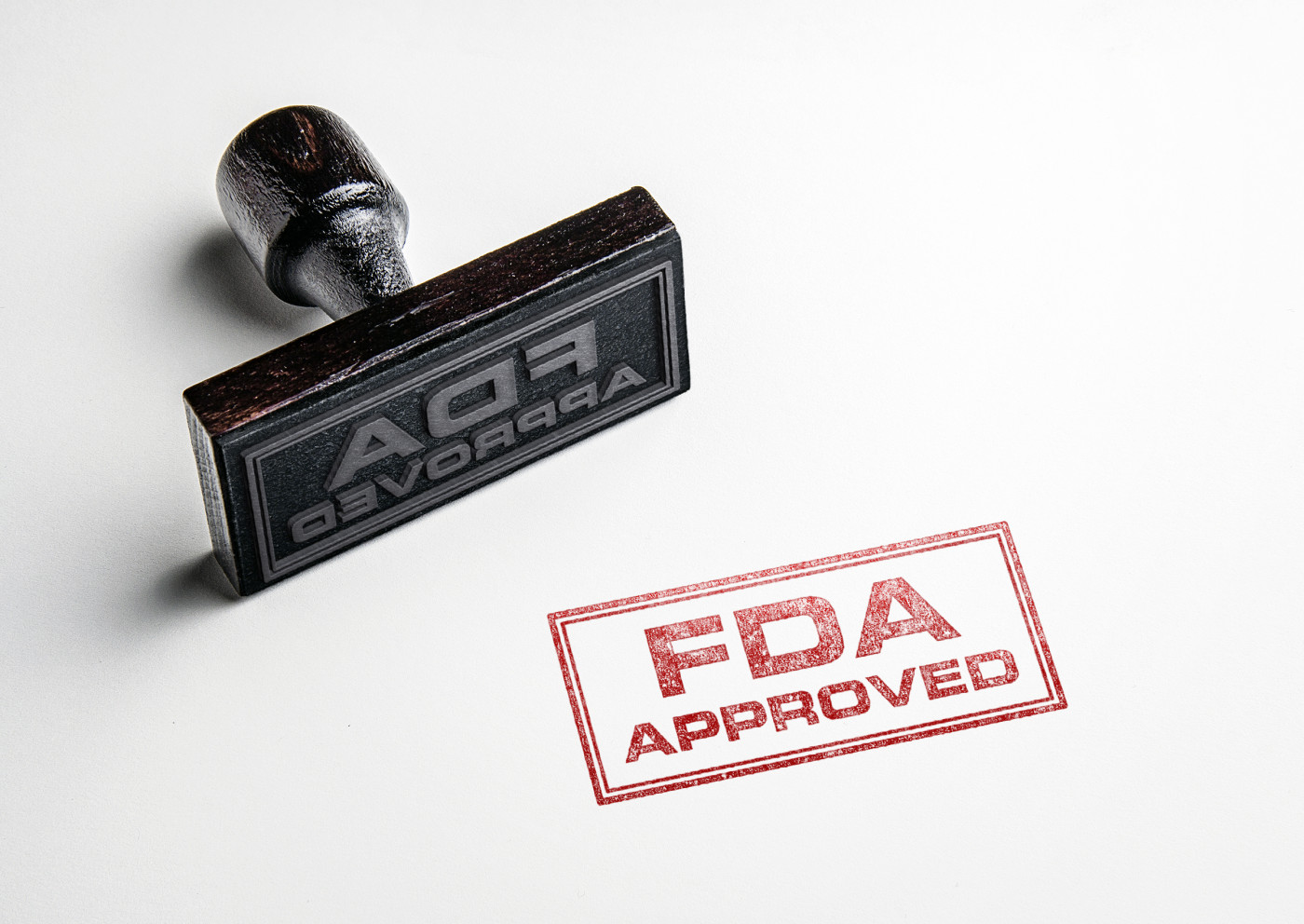Endari Now Available by Prescription in US for Sickle Cell Disease Treatment
Written by |

The U.S. Food and Drug Administration (FDA) approved Endari (L-glutamine) last summer, but now the medicine is available by prescription to most patients in the U.S. who have sickle cell disease.
Endari, an oral L-glutamine therapy, was developed by Emmaus Life Sciences to reduce acute complications of SCD in adults and children older than five years. It is the first medicine to be approved for those children in the U.S., and the first new treatment approved for adults with this indication in 20 years.
The FDA approval was based on safety and effectiveness data from a Phase 3 clinical trial (NCT01179217) that evaluated the effects of Endari on the red blood cells of 230 adult and pediatric patients (age 5 and older) with SCD who had suffered two or more painful crises within the year prior to enrollment.
Patients treated with Endari over 48 weeks reported fewer crisis episodes – when compared to patients taking placebo – as well as fewer hospitalizations for sickle cell pain and fewer days in the hospital overall. Patients receiving Endari also had fewer occurrences of acute chest syndrome, a complication of SCD that can be life-threatening.
Emmaus is now working with payers to ensure coverage and access for the SCD community. At this point, Endari is available by prescription through U.S. Bioservices, a national speciality pharmacy.
“We’ve received overwhelming support and positive feedback from payers, physicians, advocacy groups and sickle cell patients, who have awaited a new treatment option for this debilitating disease for a long time,” Yutaka Niihara, MD, MPH, chairman and CEO of Emmaus, said in a press release. “Now that Endari is available, several insurance companies have expedited their review for formulary addition to address this unmet medical need.”
Endari increases the amount of free glutamine (an amino acid) circulating in the blood to help generate anti-oxidant molecules (a product of glutamine degradation). SCD patients have an altered form of the hemoglobin protein, which leaves them susceptible to oxidation damage. High oxidative stress is associated with stiffness in red blood cells, leading to their sickle-like shape. The antioxidants produced by glutamine degradation help neutralize the oxidative stress in sickle red blood cells, allowing them to regain the flexibility needed to carry oxygen to tissues throughout the body.





